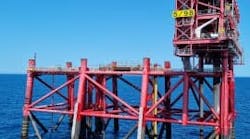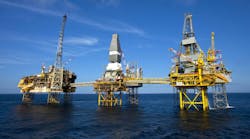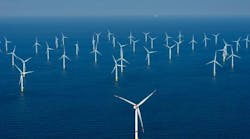Offshore staff
OSLO, Norway -- Norway’s government has decided to commission more data concerning a future impact assessment of exploration and production in the Lofoten and Vesterålen regions off northern Norway.
The impact assessment will not now be performed during the current Storting (parliament).
Statoil is one of the operators pressing to open up activity in these areas, which have been off-limits due to pressure from fishing and environmental groups.
“The government’s decision is not the one that Statoil and the Norwegian oil and gas industry have argued,” said Statoil CEO Helge Lund. “However, the fact-finding process now being initiated means that, once a decision to carry out an impact assessment has been taken, less time is needed to open up for exploration activity, also in the case of the acreage off the coast of Nordland and Troms. That is positive.”
Statoil believes the impact assessment procedure is an established and valid process for determining whether to open up these areas, and will continue to work towards this solution.
Statoil views access to Nordland VI and VII as particularly important. Opening new acreage, it argues, will establish a platform for technology development and for enhancing areas of expertise in the oil industry and among its suppliers. This in turn will generate jobs, with a major ripple effect locally in the northern regions.
“It’s positive for the industry that the government, by means of this decision, is also clearly signifying its intention of further developing the utilization of resources in northern waters, among them the eastern Barents Sea,” Lund said.
Without new acreage, Statoil claims, production on the NCS will drop substantially post-2020. The last time new areas were opened on the Norwegian continental shelf was in 1994, and access to reserves from new discoveries has fallen markedly since the 1990s. It can take 10-15 years from opening of an area for exploration for recovery to start, the company pointed out.
03/14/2011




